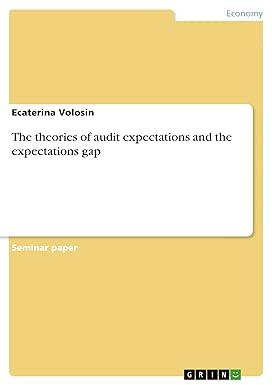Analyzing Accounts Receivable
The June 30, 2013 balance sheet of the Upham Company included the following information:
| Accounts receivable | | $298,000 | | |
| Less: Allowance for doubtful accounts | | (13,400) | | $284,600 |
| Notes receivable* | | | | 26,600 |
| Total receivables | | | | $311,200 |
*The company has a recourse liability of $2,450 for notes receivable sold with recourse.
During the companys fiscal year ending June 30, 2014, the following transactions occurred:
| 1. | Sales on credit | $861,700 |
| 2. | Collections of accounts receivable | 763,000 |
| 3. | Accounts receivable written off as uncollectible | 18,900 |
| 4. | Customer notes received in payment of accounts receivable | 76,000 |
| 5. | Notes receivable collected | 29,000 |
| 6. | Notes receivable, previously sold with recourse, were paid at maturity. | |
| | The associated recourse liability for this note is $850. | 47,000 |
| 7. | Notes receivable were defaulted. | 2,430 |
| 8. | Collections on accounts previously written off | 770 |
| 9. | Sales returns and allowances (on credit sales) | 3,000 |
| 10. | Bad debts were estimated to be 1% of credit sales | |
Required:
1. Prepare journal entries necessary for Upham to record the preceding transactions.
If a transaction does not require a journal entry, select "No entry required" and leave the amount input box blank. For a compound transaction, if an amount box does not require an entry, leave it blank or enter "0".
2. Prepare an analysis and schedule that shows the amounts of the accounts receivable. Note: Type in "tr" to see a list of the transactions to select from in the drop down boxes for each account.
3. Prepare an analysis and schedule that shows allowance for doubtful accounts.
4.Prepare an analysis and schedule that shows notes receivable dishonored accounts that will be disclosed on Upham's June 30, 2014 balance sheet.






